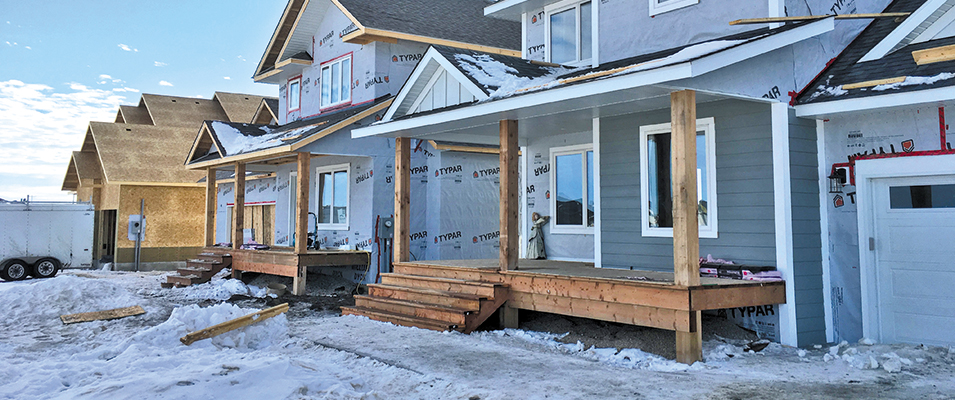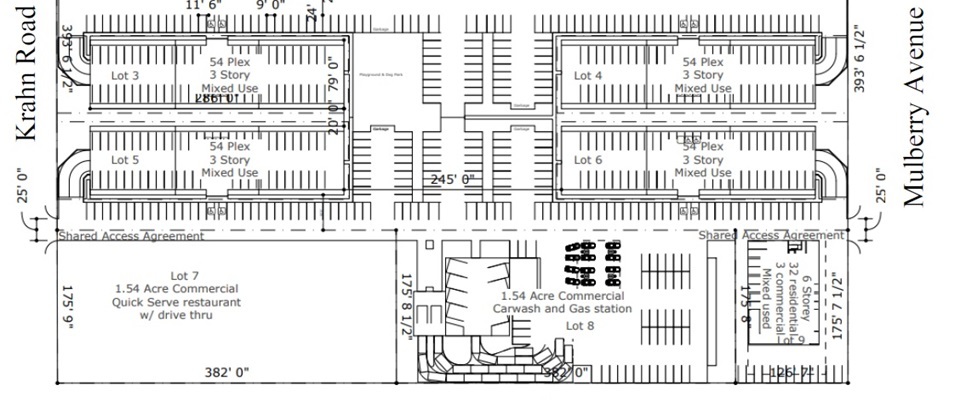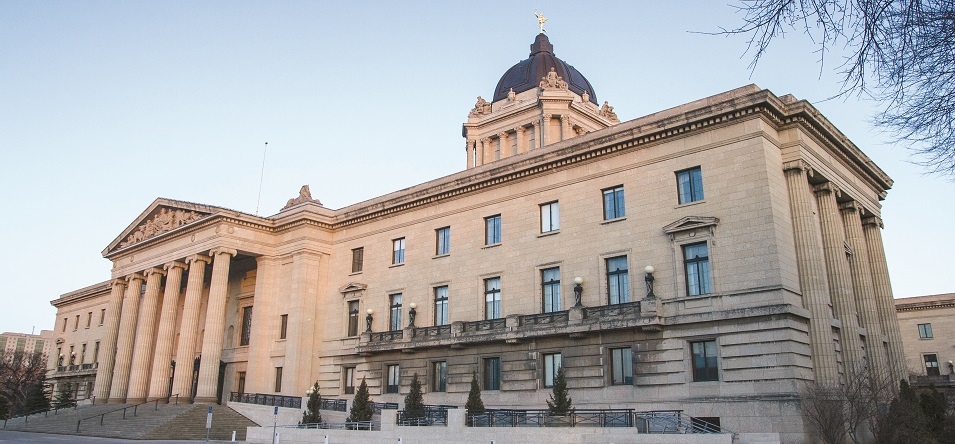
Niverville is the fastest growing town in Manitoba with a population over 5,000, according to the first wave of 2021 census data released by Statistics Canada.
This is the continuation of a long population growth trend, as Niverville has been growing by a similar amount for three consecutive census periods. Ten years ago, the town’s population was set at 3,540. Five years ago, it had jumped to 4,610.
The current population is pegged at 5,947, an increase of 29 percent over the previous count. There are 2,010 private dwellings within the town limits.
Not only is Niverville the fastest growing Manitoban municipality with a population over 5,000, but it’s the fifth fastest growing municipality in that category in all of Canada, placing it rare company. The only municipalities in the country growing more quickly are East Gwillimbury (a suburb of Toronto), The Blue Mountains (a rural municipality along Lake Huron in southern Ontario), Langford (a small city on Vancouver Island just west of Victoria), and Saint-Apollinaire (a bedroom community south of Quebec City).
The visible signs of Niverville’s growth have been impossible to ignore over the last several years. The community has gotten a new high school, an expansive new community centre, several prominent new businesses and commercial developments, and residential expansion on all sides.
Local Growth Trends
The RM of Ritchot grew by 11.8 percent, reaching 7,469. In the previous census period, Ritchot had grown by 21.9 percent, an indication that the municipality’s growth may be slowing.
This appears to be a trend. Niverville’s neighbouring municipalities in the southeast have mostly grown by a slower rate than they did in 2016, some by significant margins.
Although the RM of Tache grew by 12.5 percent in 2016, that figure has dropped to just three percent in 2021. Steinbach’s growth rate went from 17 percent to 11.1 percent, and the RM of Hanover’s went from 12.2 percent to 10.8 percent.
One other local town with a sky-rate rate of growth is Ste. Anne, which jumped by 36.8 percent to 2,981 residents. Although this is a faster rate than Niverville’s, the census considers it in a different category since its population is below 5,000.
Other Census Highlights
The City of Winnipeg matched its population bump from five years ago, once again growing by 6.3 percent, adding 44,363 residents since 2016.
Elsewhere in the province, strong growth was also reported in West St. Paul, which increased in population by 24.5 percent, and Neepawa, which increased by 23.3 percent.
As a province overall, Manitoba grew by five percent, slightly slower than in 2016. The total provincial population sits at 1,342,153, an increase of 63,788 residents. Of all Canada’s provinces and territories, Manitoba’s growth was only exceeded by Ontario (5.8 percent), British Columbia (7.6 percent), Prince Edward Island (eight percent), and the Yukon (12.1 percent).
The populations of Newfoundland and the Northwest Territories both slightly declined during the latest census period.
While Statistics Canada has released data about population and dwelling counts, a great deal more information is set to be unveiled in the coming months which will shine a light on how our country, province, and region is changing. Future releases will include age and sex, language, family information (size of households and marital status), income, immigration and ethno-cultural diversity, housing, and education.



















